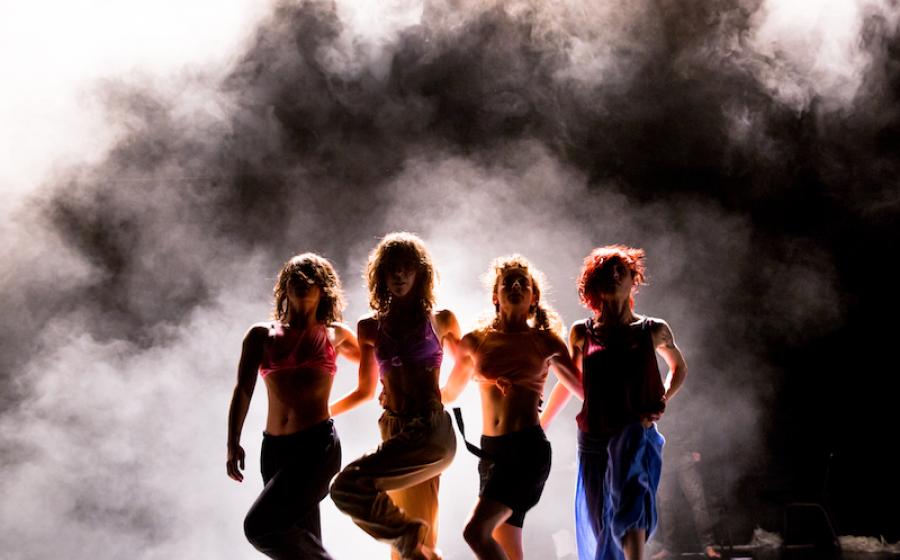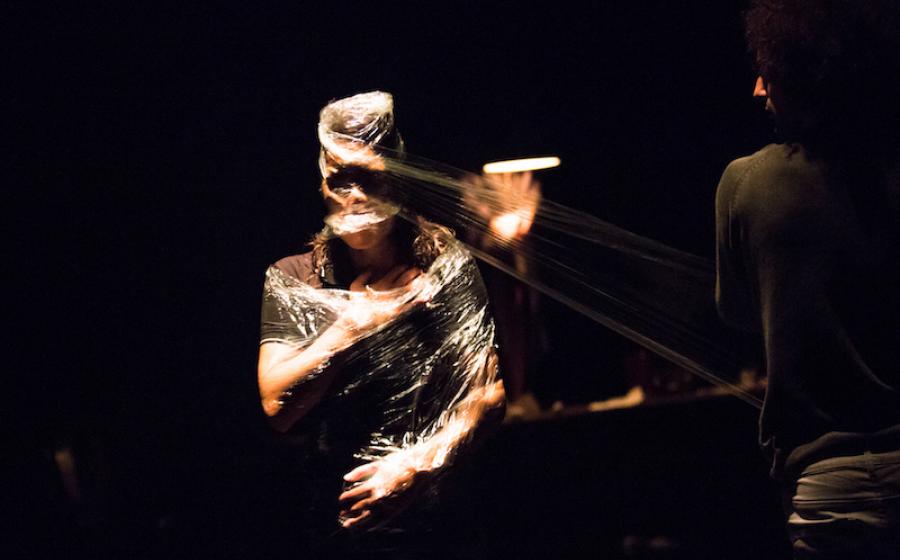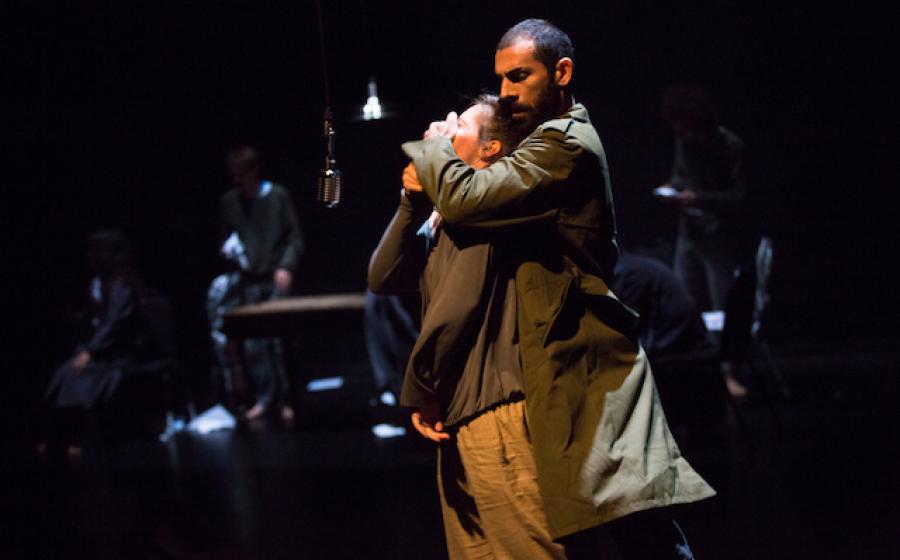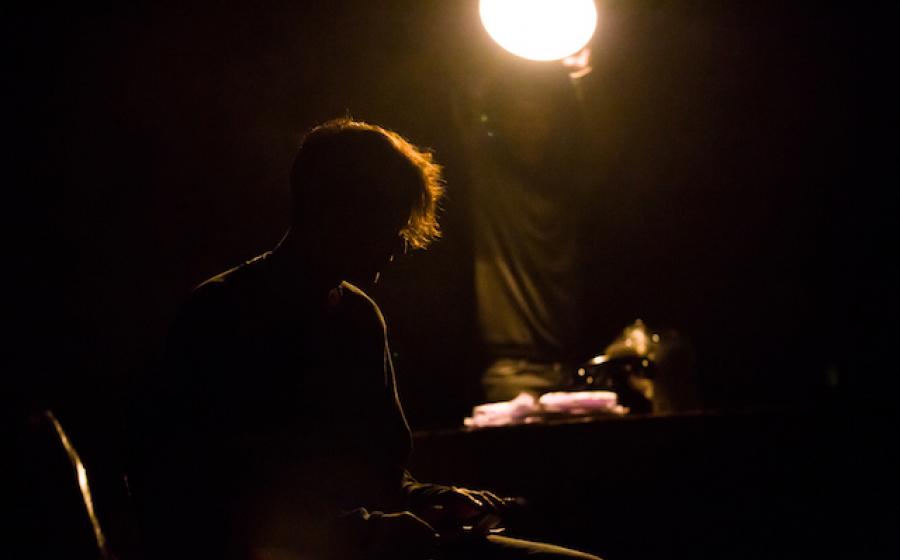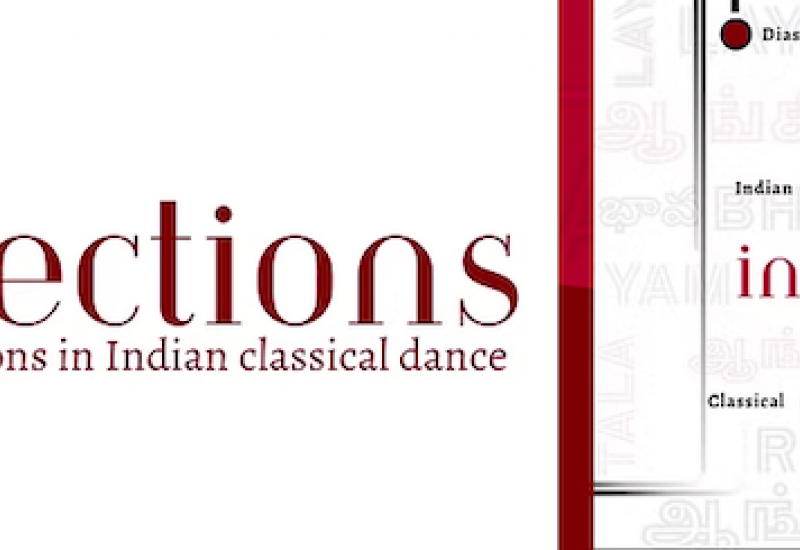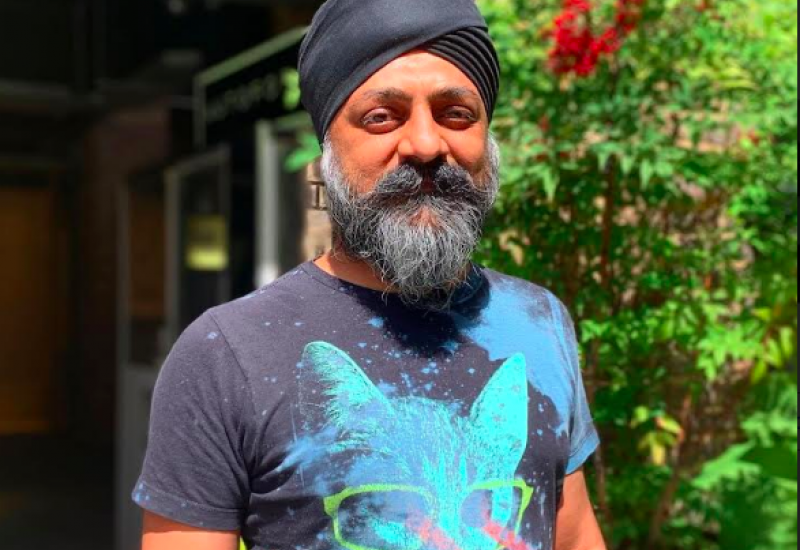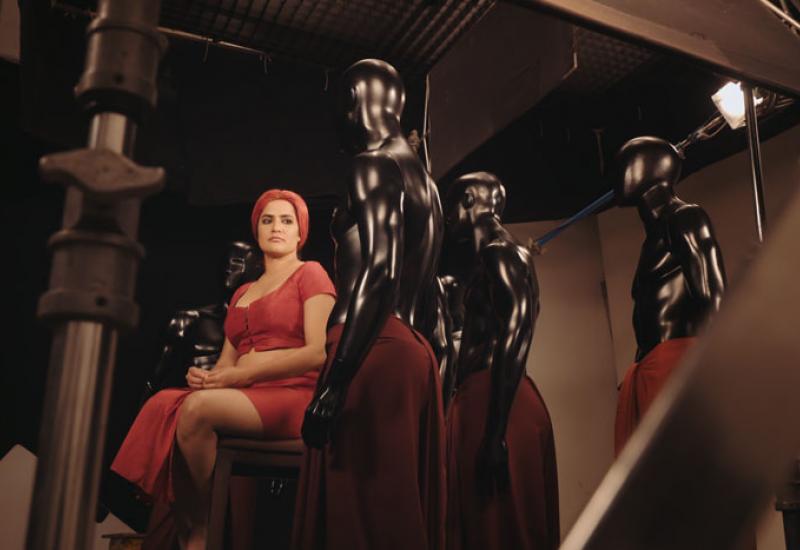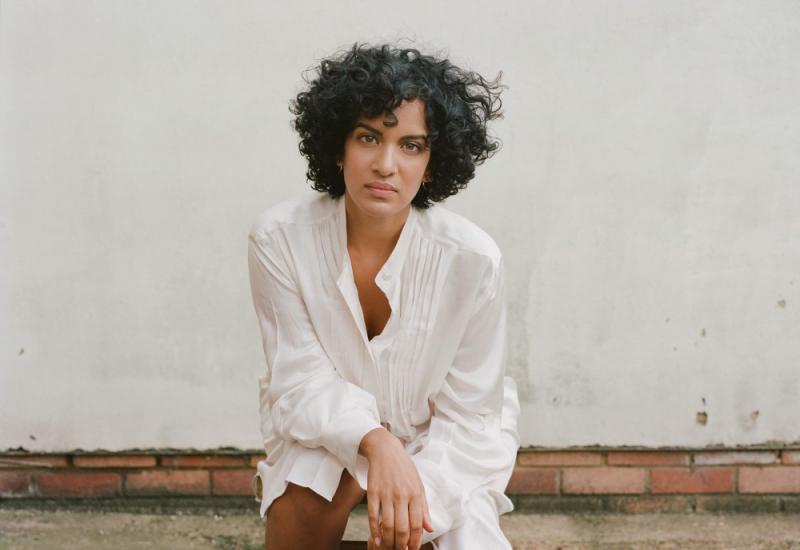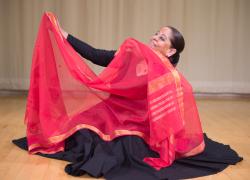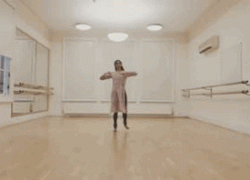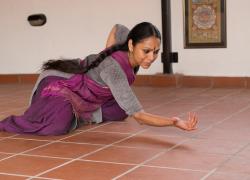#Je Suis – a Preview
#Je Suis, Aakash Odedra's first full-length ensemble piece, is a thoughtful and sensitive response to the social and political upheavals taking place across the Middle East and Europe. Sanjeevini Dutta spoke to Aakash ahead of this autumn’s tour of the work.
#JeSuis has been several years in the making. Has it changed over time?
I first met the original dancers in 2012. I was so curious about their energy and intent that I went back and back again for playtime. It was in January 2016 that things became serious, when we received an Arts Council grant to do some R & D. The piece has changed a lot since that time, we found so many things we wanted to say. Given that the piece is about strangulation of freedom of speech, xenophobia, populism and migrant crisis, the news and dynamic situation of the world kept giving us new material to investigate.
How important are the politics of migration in your work generally?
I think politics and identity go together in my work. We talk a lot in the sector about ‘our stories’ having a place to be told. When people from many places get to express their stories of course politics is involved. I am from Birmingham and Leicester – cities where migration means that those cities are amongst the most diverse in Europe. When you go to a shop, sit in a taxi, get a take-away, visit a hospital and pick your kids up from school, the work of migrants enables my custom and experience. The politics of migration is of course integrated into my work as it integrated into most people’s lives. Not every piece I do will focus on this, but if we are talking about today, and today’s Britain, then yes it is.
This is your first full length ensemble work. What devices did you use in its creation?
Lots of R & D. I had to get used to the bodies. And more of them. Trial and error is a device. The dancers themselves are a device. My creative team are also a device from the dramaturg, composer to lighting designer. I had an assistant choreographer, allowing me to take a step back as a ‘director’ not just a direct movement choreographer. If I am making narrative dance, it is not sufficient that I am the only one making all the dance moves. I am trying to make an overall coherent piece, and part of my job is to work with others to make the whole thing come to life.
You mentioned sitting for eight hours a day at the director’s desk. What were your most important discoveries?
How stories change day to day. How reading a newspaper or watching the news makes me see the work differently, and how best to reflect that. The piece was made very much about the world as it is, so I think it became obvious that situations and stories shift. Trying to bring out key themes that became universal then became the factor as I went into the final few weeks. We knew we had a premiere, we knew we had to make decisions.
If the piece was made only using kathak (rather than Western contemporary), how do you think it would turn out?
From the music to the costumes everything would be different. I am using a vocabulary which is used to telling stories, and relies on rhythm and poetry to do so.
Tour dates and details here
7 & 8 November Lilian Bayliss Studio, Sadlers Wells, London
17 November Arts Depot, Finchley, London
20 November Lakeside Arts, Nottingham
26 November The Lowry, Salford Quays

